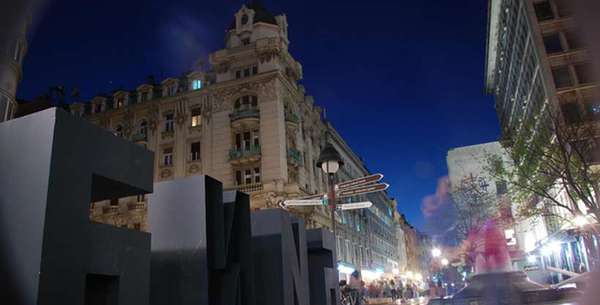Idea by
Ramon Sastre, Diana Peña, Omar Avellaneda, Hugo Alkmim de Matos, Juan Talamas y Natalia Torres
SMiA. Structural Morphology in Architecture
http://www.smia-experimental.com
Call for ideas 2018
Design strategies: Lightweight, modular and transformable
Design strategies: Lightweight, modular and transformable
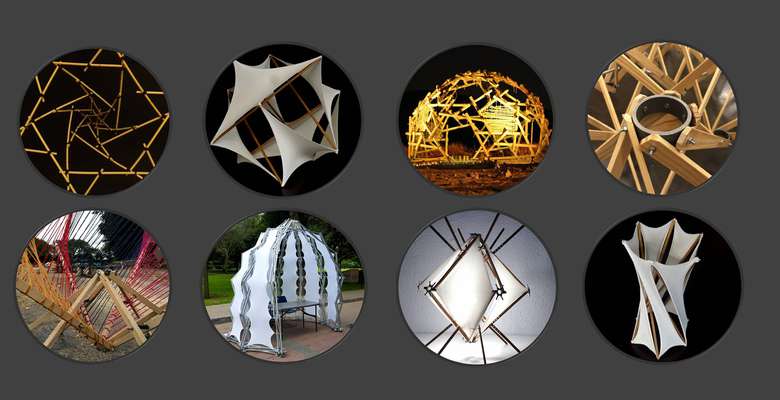
We must be conscious of the need to implement strategies of design in favor of the well-being of the society and the city of the future, and even in a more general context in favor of our planet. To influence the future of architecture we must act from the architect's training, from research, innovation and knowledge networks.
SMiA research group has as aim, from the academy, to contribute in the new generations of architects.
The specific field of study that we promote is the analysis and application of deployable, reciprocal, tensegrity and tree like structures Structures that are characterized by being adaptable, lightweight, modular and transformable, that implement fast assembly processes for the reuse of the structure and the possibility of using recyclable materials. Advantages that we consider essential for the approaches of the architecture of tomorrow and that respond to architectonic solutions to the humanitarian crisis.
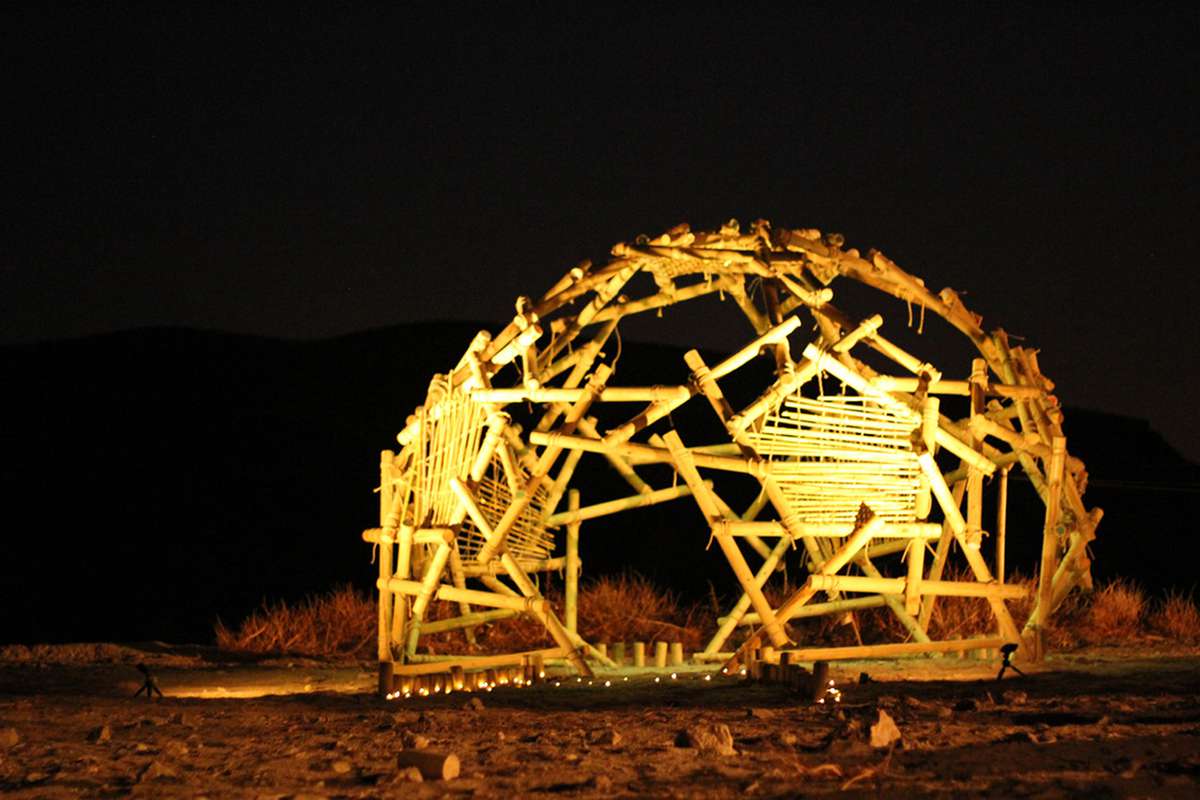
The PentaHex Domo is a proposal the self-construction of a reciprocal dome with an innovative parametric design and minimizing the carbon footprint for an integrated solution to livable emergency systems. The idea is to be able to build on-site emergency habitable modules manually and quickly with only wood and rope. The cover proposal with the vegetal material with internal and external layer for the thermal comfort.
Design: Omar Avellaneda + SMiA research group
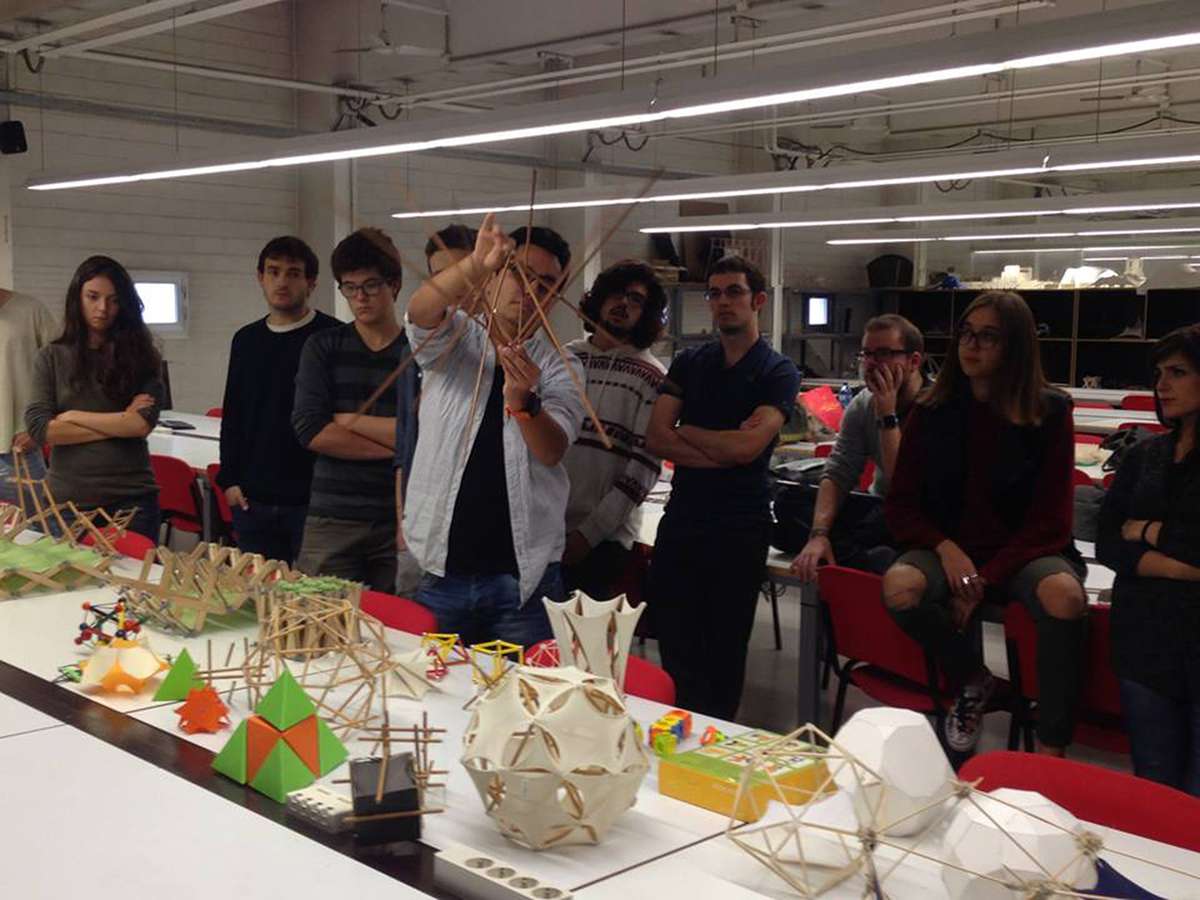
Workshop SMiA.Comprehensive training in the areas of deployable structures, tensegrity, reciprocal frame, tree-like structures, and tenso structures. The students will develop architectural proposals such as stages, tensile structures and temporary architecture.
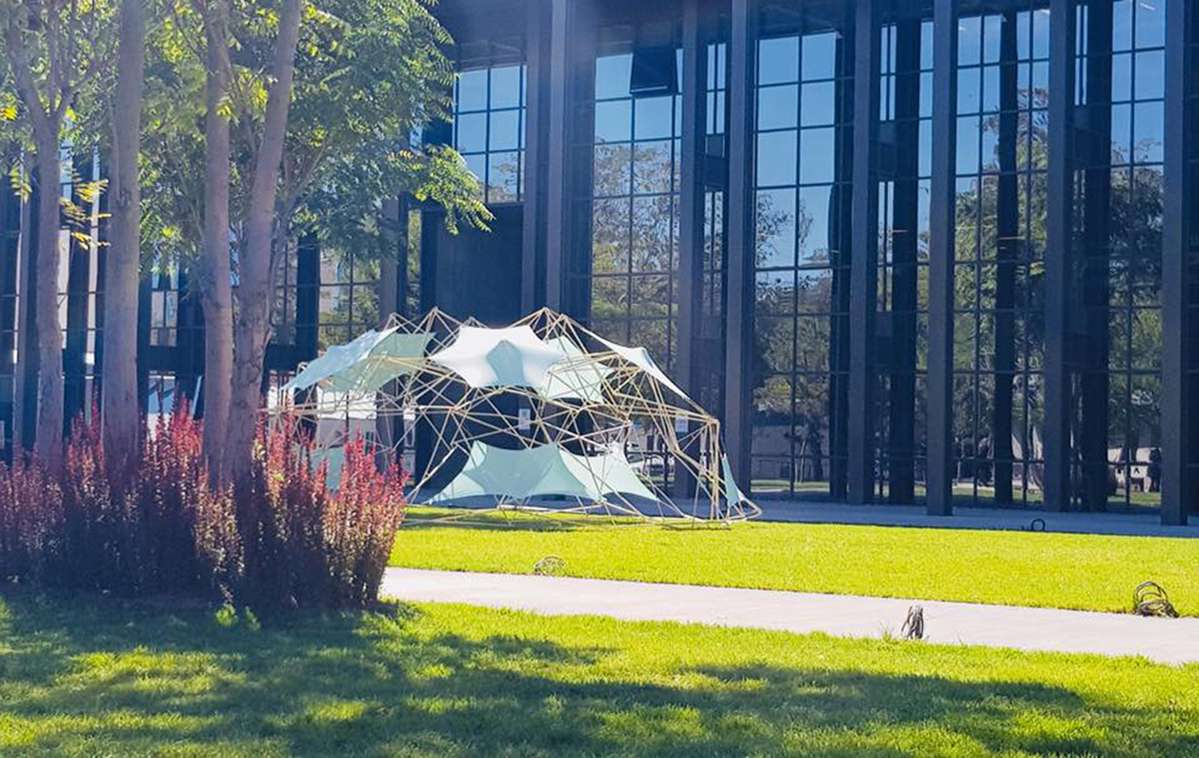
The deployable dome is proposal as a place of rest and entertainment. The idea is to have a structure easy to assemble, compact, and lightweight. The students constructed the dome with an area of approximately 30 square meters and 3 meters high. The construction phase allow the students facing materials and tools and thus technological problems of a real architectural structure.
Design: Omar Avellaneda + SMiA research group
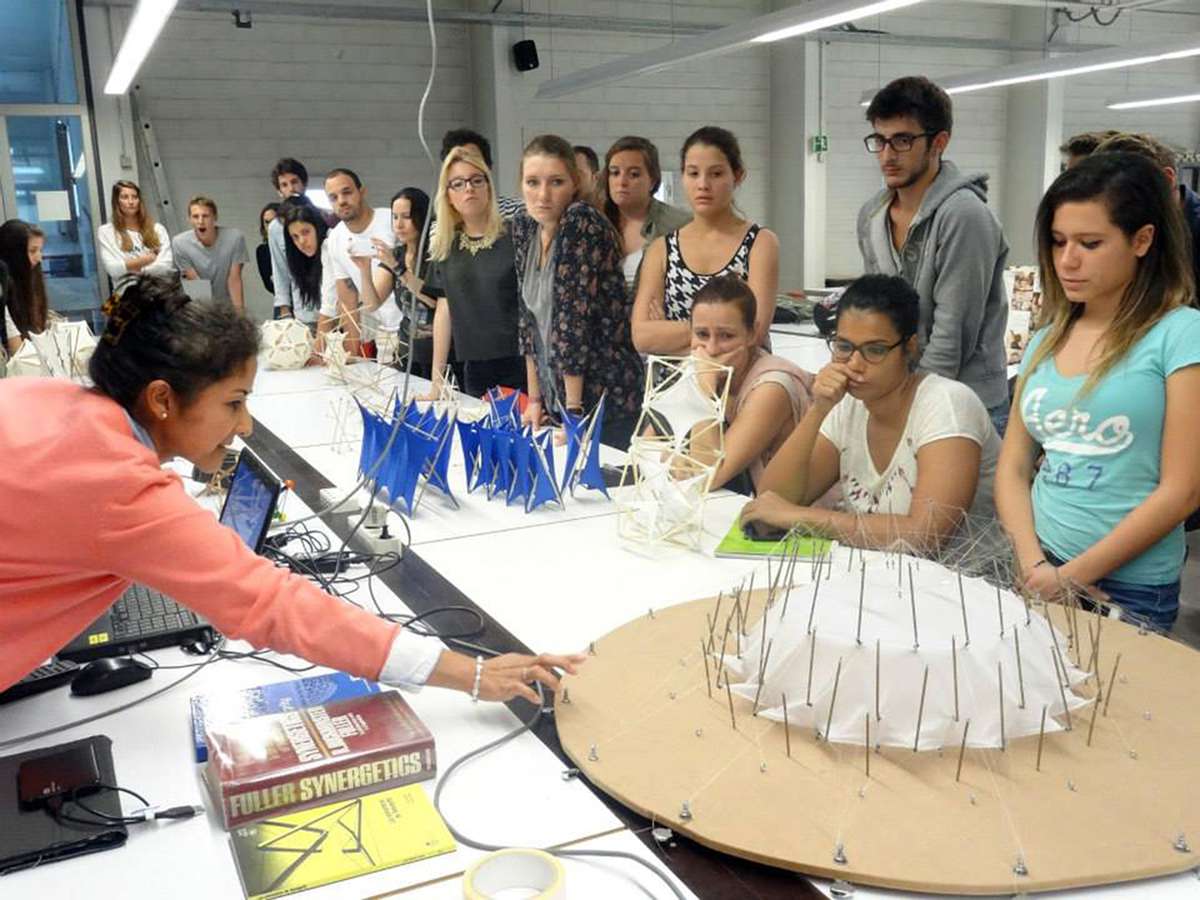
Physical models are the fundamental tool in the understanding of unconventional structures, SMiA designs and manufactures assembly kits of models for student practices. These allow to understand in a more intuitive way the geometric composition, the concept of module and grouping, as well as the types of assembly and ideal connections
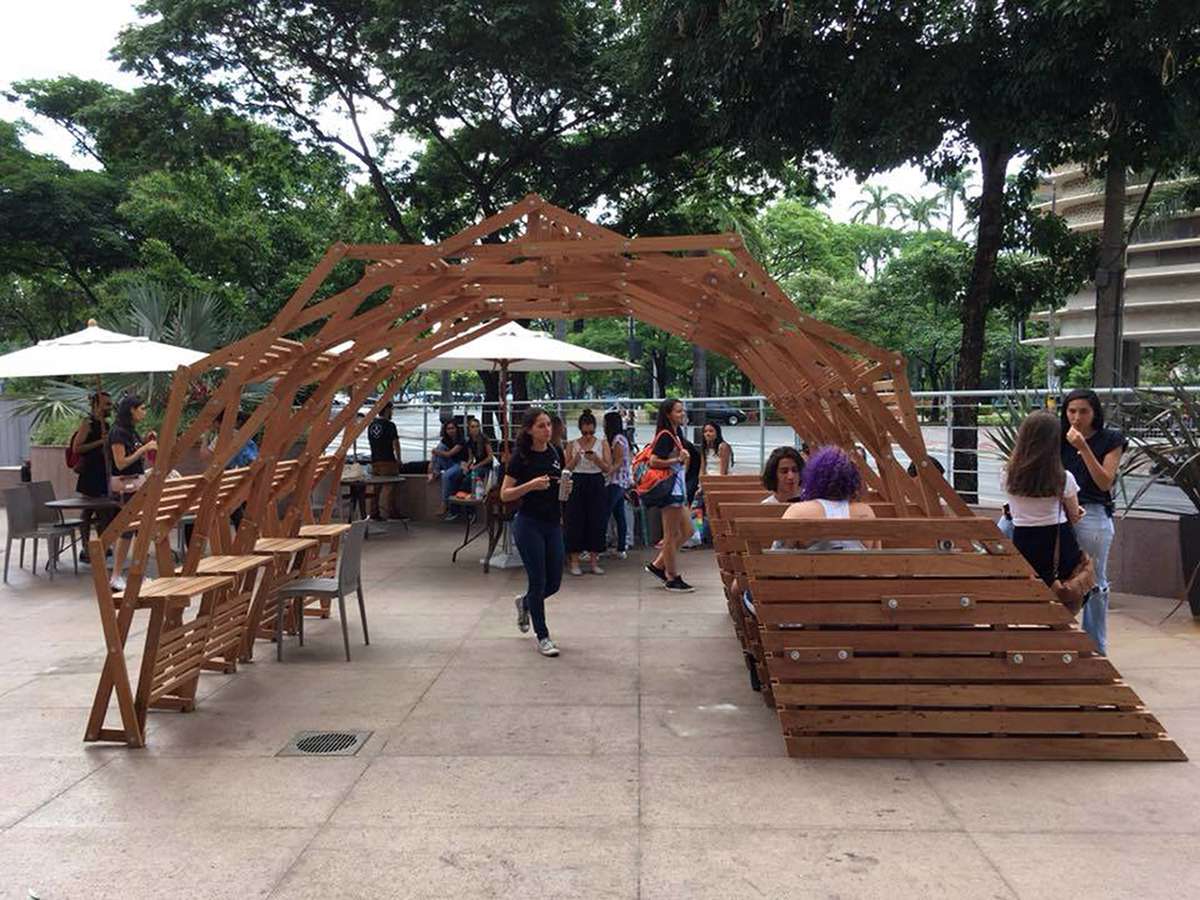
Xuê, dining hall pavillion. The structure made entirely of wood, as the best sustainable, aesthetic and low cost option; It consists of four folding arches, which in their final state of deployment configure a barrel vault, attached. Each arch is displayed individually allowing multiple configurations of the pavilion.
Design: Natalia Torres, Hugo Alkmim de Matos + SMiA research group
Design strategies: Lightweight, modular and transformable
Design strategies: Lightweight, modular and transformable

We must be conscious of the need to implement strategies of design in favor of the well-being of the society and the city of the future, and even in a more general context in favor of our planet. To influence the future of architecture we must act from the architect's training, from research, innovation and knowledge networks.
SMiA research group has as aim, from the academy, to contribute in the new generations of architects.
The specific field of study that we promote is the analysis and application of deployable, reciprocal, tensegrity and tree like structures Structures that are characterized by being adaptable, lightweight, modular and transformable, that implement fast assembly processes for the reuse of the structure and the possibility of using recyclable materials. Advantages that we consider essential for the approaches of the architecture of tomorrow and that respond to architectonic solutions to the humanitarian crisis.
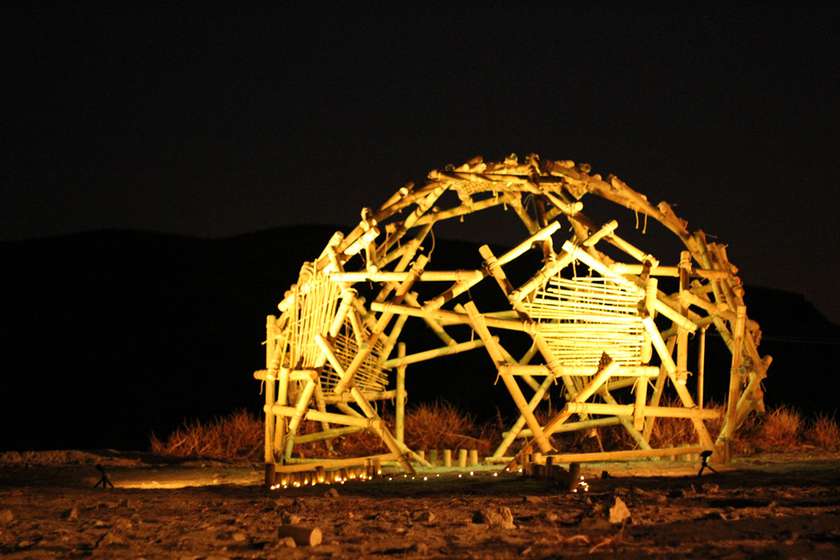
The PentaHex Domo is a proposal the self-construction of a reciprocal dome with an innovative parametric design and minimizing the carbon footprint for an integrated solution to livable emergency systems. The idea is to be able to build on-site emergency habitable modules manually and quickly with only wood and rope. The cover proposal with the vegetal material with internal and external layer for the thermal comfort.
Design: Omar Avellaneda + SMiA research group
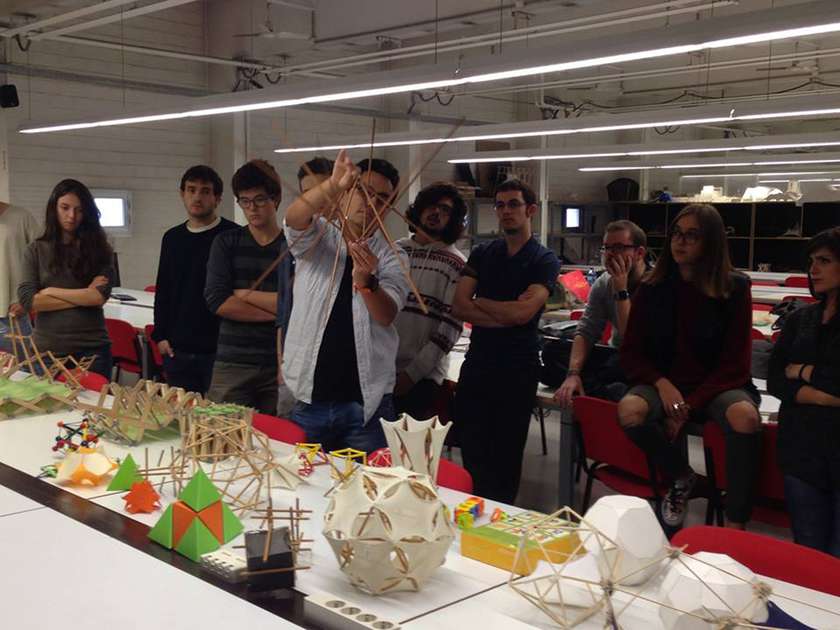
Workshop SMiA.Comprehensive training in the areas of deployable structures, tensegrity, reciprocal frame, tree-like structures, and tenso structures. The students will develop architectural proposals such as stages, tensile structures and temporary architecture.
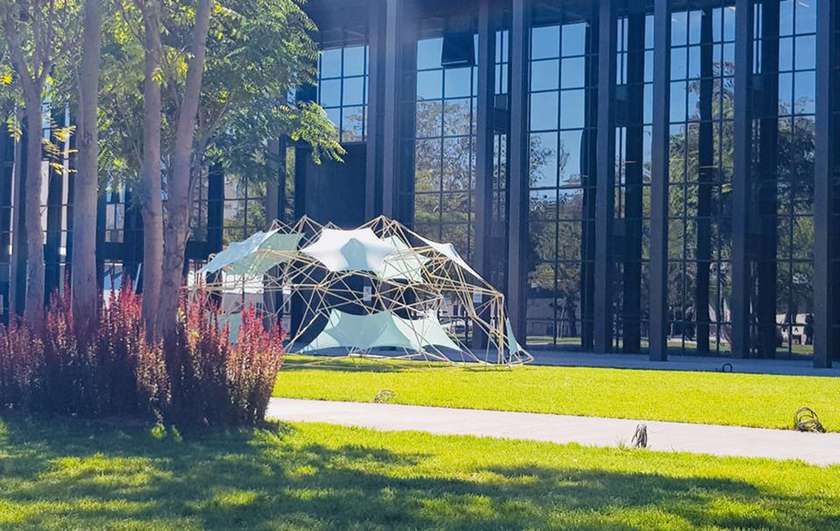
The deployable dome is proposal as a place of rest and entertainment. The idea is to have a structure easy to assemble, compact, and lightweight. The students constructed the dome with an area of approximately 30 square meters and 3 meters high. The construction phase allow the students facing materials and tools and thus technological problems of a real architectural structure.
Design: Omar Avellaneda + SMiA research group
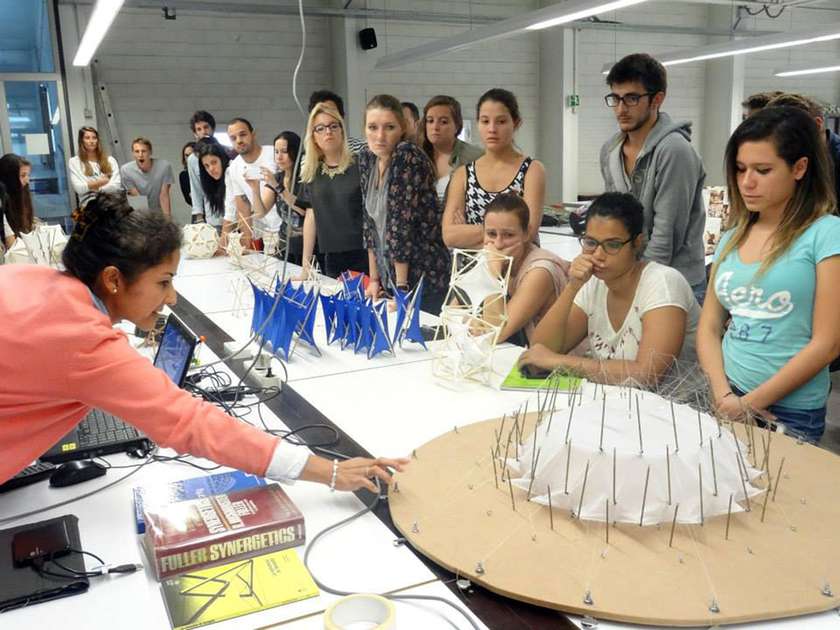
Physical models are the fundamental tool in the understanding of unconventional structures, SMiA designs and manufactures assembly kits of models for student practices. These allow to understand in a more intuitive way the geometric composition, the concept of module and grouping, as well as the types of assembly and ideal connections
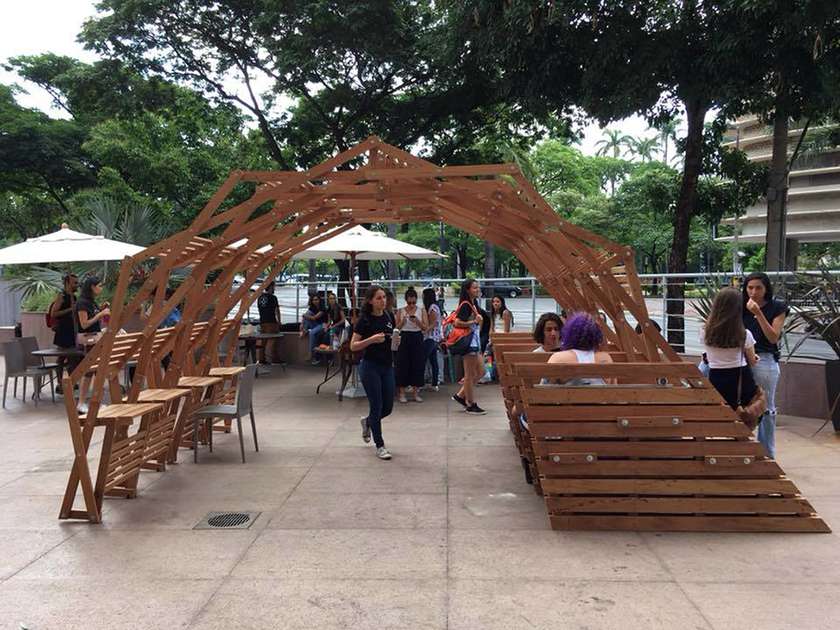
Xuê, dining hall pavillion. The structure made entirely of wood, as the best sustainable, aesthetic and low cost option; It consists of four folding arches, which in their final state of deployment configure a barrel vault, attached. Each arch is displayed individually allowing multiple configurations of the pavilion.
Design: Natalia Torres, Hugo Alkmim de Matos + SMiA research group
